Cat Ba is an island or archipelago—this question might seem simple, but the answer reveals a world of travel insight. At the heart of northern Vietnam, Cát Bà invites you to explore not just a single, vibrant island, but an entire archipelago of 366–367 unique islets, each whispering its own secrets. Is Cát Bà an Island or an Archipelago? The Travel Truth Few People Know draws you into the true geographic and emotional landscape of this UNESCO-recognized haven, where dense jungle, shimmering sea, and winding limestone cliffs redefine what it means to visit “an island.” Uncovering the difference is the first step toward a richer, more rewarding adventure—one that goes far beyond the typical guidebook experience.
Cát Bà is an Island or Archipelago? The Geographic Reality Explained
Cát Bà is not just an island — it's the heart of a stunning archipelago of over 360 islands off Vietnam’s northern coast. While many travelers refer to "Cát Bà" as if it's a single landmass, the geographic truth is more nuanced and captivating: Cát Bà is both a main island and the anchor of the larger Cát Bà Archipelago, which includes 366–367 islands nestled in the Gulf of Tonkin, adjacent to the famed Ha Long Bay.
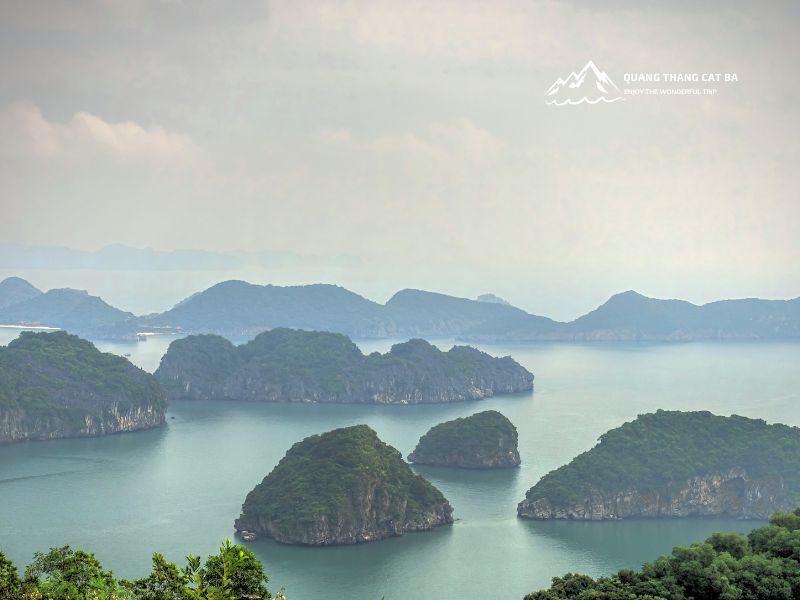
From the deck of a boat cruising through Lan Ha Bay, the scattered limestone islets appear like green-draped sentinels, rising from the sea with ancient grace. On Cát Bà Island itself, you’ll encounter a rugged spine of limestone cliffs, lush tropical forests, and the bustle of Cát Bà Town, home to over 13,000 residents and the island’s welcoming hub of hotels, eateries, and conservation centers.
In contrast, the surrounding islets are serene and uninhabited, many hiding hidden lagoons, coral reefs, and jungle-covered peaks. The island's protected National Park spans 161 km², safeguarding rare species like the critically endangered Cát Bà langur, while its marine zones invite kayakers, divers, and eco-tourists to explore untouched wonders.
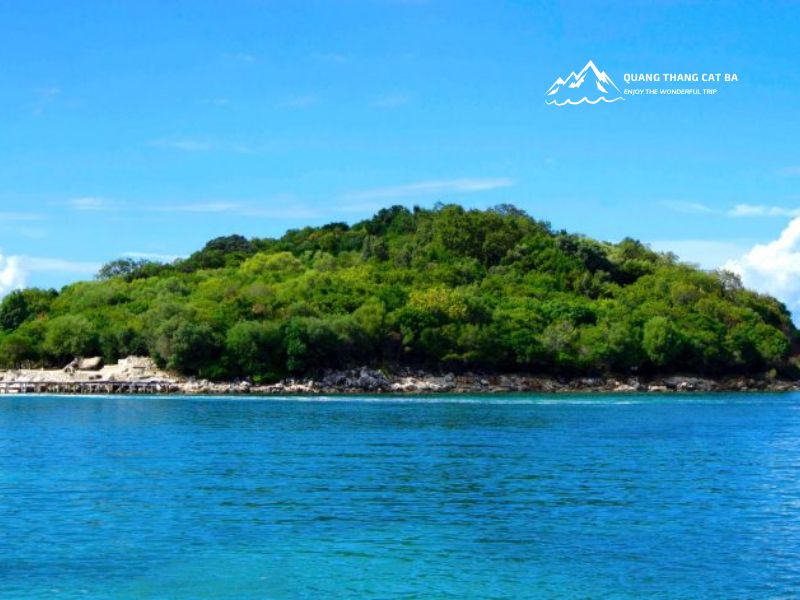
For travelers seeking clarity: Cát Bà refers both to the main island and the broader UNESCO-listed archipelago — a rare dual identity that offers the convenience of developed tourism infrastructure with the wild allure of scattered, unspoiled islets.
Why This Distinction Matters for Your Travel Plans
Cát Bà is both an island and an archipelago—and this distinction is crucial for planning the right kind of travel experience. While Cát Bà Island serves as the gateway with its vibrant town, varied accommodations, and easy land access, the archipelago offers a wilder, more secluded side of Vietnam through boat-only access and nature-first adventures.
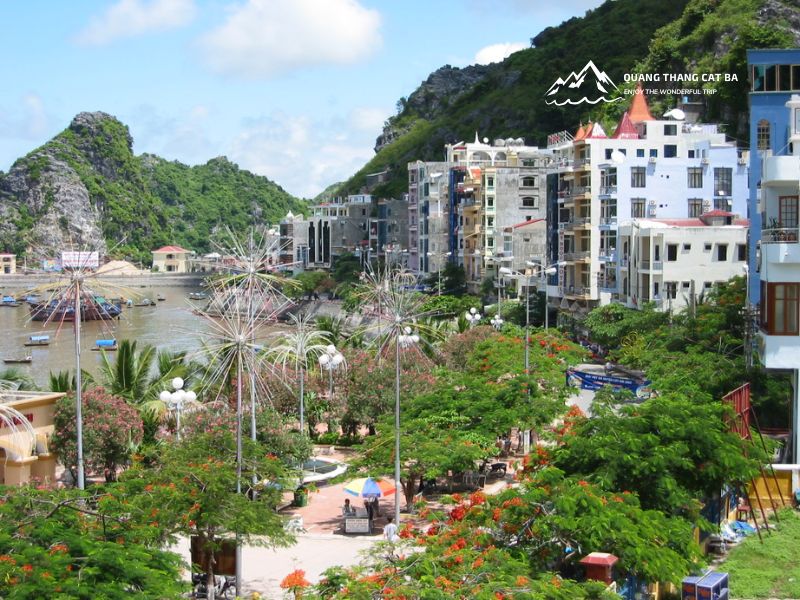
On the island, expect paved roads, electric buses, buzzing eateries, and hostels like Oversleep, all within reach of Cat Ba National Park and its misty trails. Outside town, countryside eco-resorts bring serenity for families or eco-tourists. In contrast, the surrounding Cát Bà Archipelago, home to over 360 islets, enchants with floating homestays, kayaking routes, and snorkel-perfect coves nestled in Lan Ha Bay. Here, the rhythm slows, favoring lantern-lit cruises and salt-tanged air.
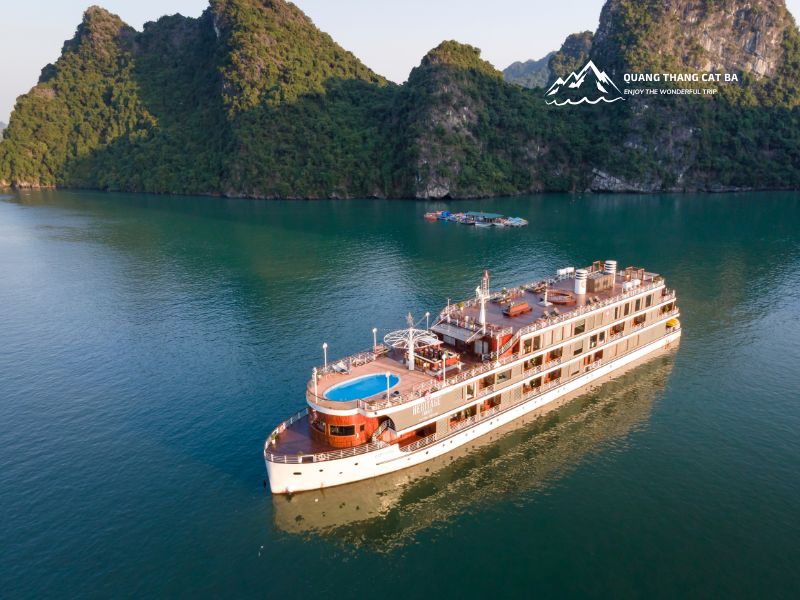
Choosing where to stay—island town for convenience, countryside for calm, or archipelago for immersion—will shape everything from your transport (cable car or kayak?) to your activities (nightlife or snorkeling?). For cultural explorers or families, blending both worlds offers the richest journey—a night under city lights, another under the stars on a drifting boat.
Top Islands & Experiences Beyond Cát Bà Main Island
Yes, Cát Bà is part of a larger archipelago—and the real magic begins when you explore beyond its main island. Curated for nature lovers and culturally curious travelers, these five island gems reveal the region’s authentic soul.
- Monkey Island offers close wildlife encounters—hike to a summit drenched in sea breeze, or sunbathe on crescent-shaped beaches, while keeping a respectful distance from playful primates.

- Nam Cat Island, just a short speedboat ride away, invites you into its tranquil embrace: paddle through turquoise shallows, snorkel over reefs teeming with color, or retreat to eco-bungalows surrounded by rustling jungle.
- Dau Be Island is a wonderland of caves and coral. Drift silently into the haunting echo of Dark & Light Cave, or glide past vibrant marine life during a guided dive—each moment deeply sensory and alive.
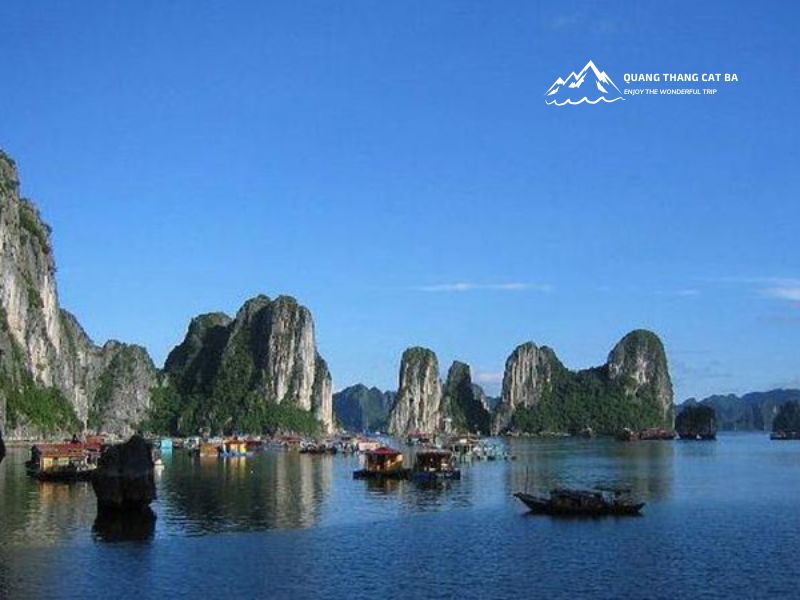
- Ba Trai Dao's trio of peach-shaped islets beckons during low tide, revealing secret coves perfect for a solo swim or quiet kayaking adventure among the limestone giants.
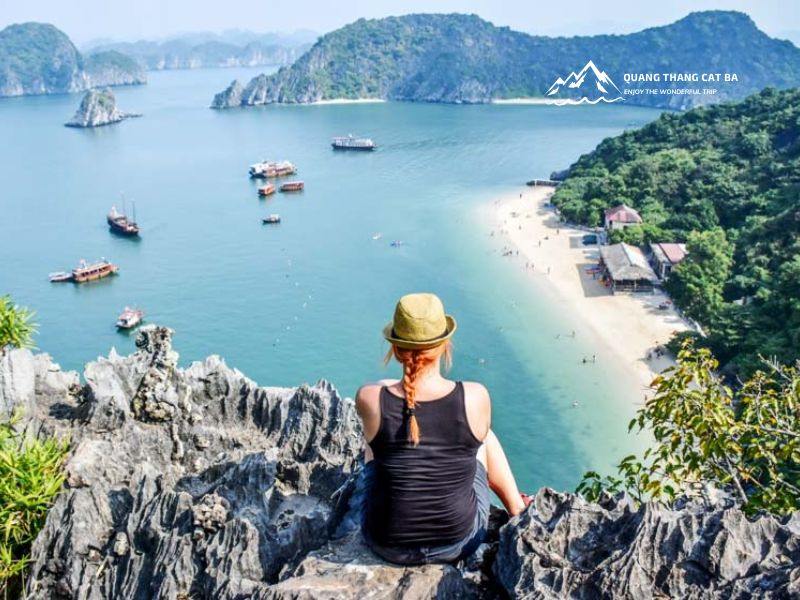
- For a broader adventure, Lan Ha Bay's 300+ islets let you cruise, kayak, and connect with local floating villages—an immersive journey rich in culture and conservation.
Travel Tip: Plan a spring or autumn visit, book eco-certified tours, and always pack reef-safe sunscreen and a reusable bottle—your mindful travel choices help preserve these fragile escapes for the next generation.
Essential Tips: Conservation, Responsible Travel & “Real” Experiences
To travel responsibly in the Cát Bà Archipelago, follow these essential conservation practices and eco-tourism tips that protect its unique biosphere and enrich your experience. This UNESCO-designated sanctuary thrives when visitors tread lightly—sticking to marked trails, respecting wildlife like the elusive Cát Bà Langur, and never touching coral reefs.
Choose tours that are eco-certified, hire local guides, and ask operators to show proof of their conservation commitments. You'll not only support the community but also ensure your adventures uphold high environmental standards. Avoid plastic, use reusable items, and stay in eco-friendly accommodations that minimize carbon impact.
Respect park boundaries, avoid feeding wildlife, and skip the shell souvenirs—they’re part of a delicate ecosystem. For a truly meaningful visit, use tools like FairTrip or Hopper Trees, and always check the Cat Ba National Park site for updates. Every mindful action you take helps preserve this magical archipelago for future explorers.
The distinction between Cát Bà Island and the Cát Bà Archipelago is more than a matter of geography—it’s the gateway to truly authentic travel. Whether you’re seeking nature, culture, or that elusive “travel bragging right,” understanding the scope of Cát Bà transforms not only your itinerary, but your sense of connection to Vietnam’s most captivating seascape. For curated journeys and local expertise that unlock the real Cát Bà, explore Quang Thang Cat Ba. Your next meaningful adventure begins with knowing the difference.

